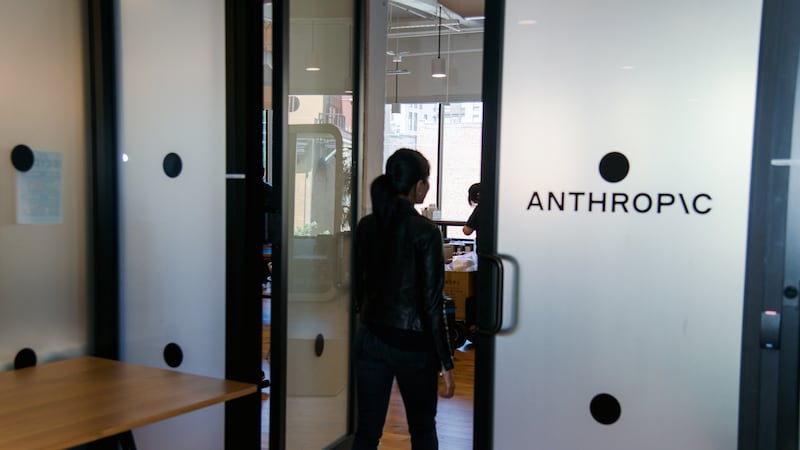IBM has topped the tables for patent leadership in 2017, with Irish employees filing patents at a rate of about one a week.
A total of 9,043 patents were filed and granted to IBM’s global workforce last year, putting the company at the top of the US patent table for the 25th consecutive year. More than 8,500 IBM researchers, engineers, scientists and designers in 47 countries were involved in the process.
That included 1,900 cloud patents, 1,400 artificial intelligence patents and 1,200 cyber security patents.
Among the Irish-based researchers who were granted patents was Dr Adi Botea, a research scientist with IBM Research Ireland. His idea relates to the taxi industry, devising a smarter method for picking up passengers.
The limitation with the current method, he says, is that we have to specify a pick-up location and a pick-up time.
“The problem with that is we lose our mobility. We have to be there at the time we agreed upon. If something comes up and we need to be somewhere else, then we are in a conflicting situation,” he said. “We wanted to give more mobility and freedom to people.”
The new method would remove that limitation by allowing a dynamic pick-up location and time, determined by what time the passenger needs to arrive at their location. If the passenger has moved to a place that would jeopardise their arrival time, a notification can be sent to alert them, along with directions to move to a more suitable location.
Intellectual property
Among the other ideas patented by the Irish arm of the tech giant are resolving the accuracy of reconstructing digital images and localising air pollution sources.
Creating a bank of intellectual property is a priority for IBM, it researchers said.
“It’s become a bit of an institution,” said Dr Pól Mac Aonghusa, senior manager at IBM Research Ireland. “It’s culturally ingrained in everything we do, in all our research, development and innovation areas in general.”
The company provides system support, including the legal side of things, along with individual incentives that include career progression.
Employees stand to benefit from the filing of such patents too. While the patents are owned by IBM, employees receive a consideration for each patent filed. The exact amount will depend on a number of factors, including how valuable the patent is and how many patents the employee has previously filed.
Dr Mac Aonghusa said he would encourage companies to take a look at the patent process and consider investing in the development of intellectual property.
“It’s a culture you develop in an organisation,” he said. “We’ve seen the value of having numbers of these protected ideas that become valuable business tools. It’s very valuable to have protected intellectual property; it makes you much more valuable as a company.”
















